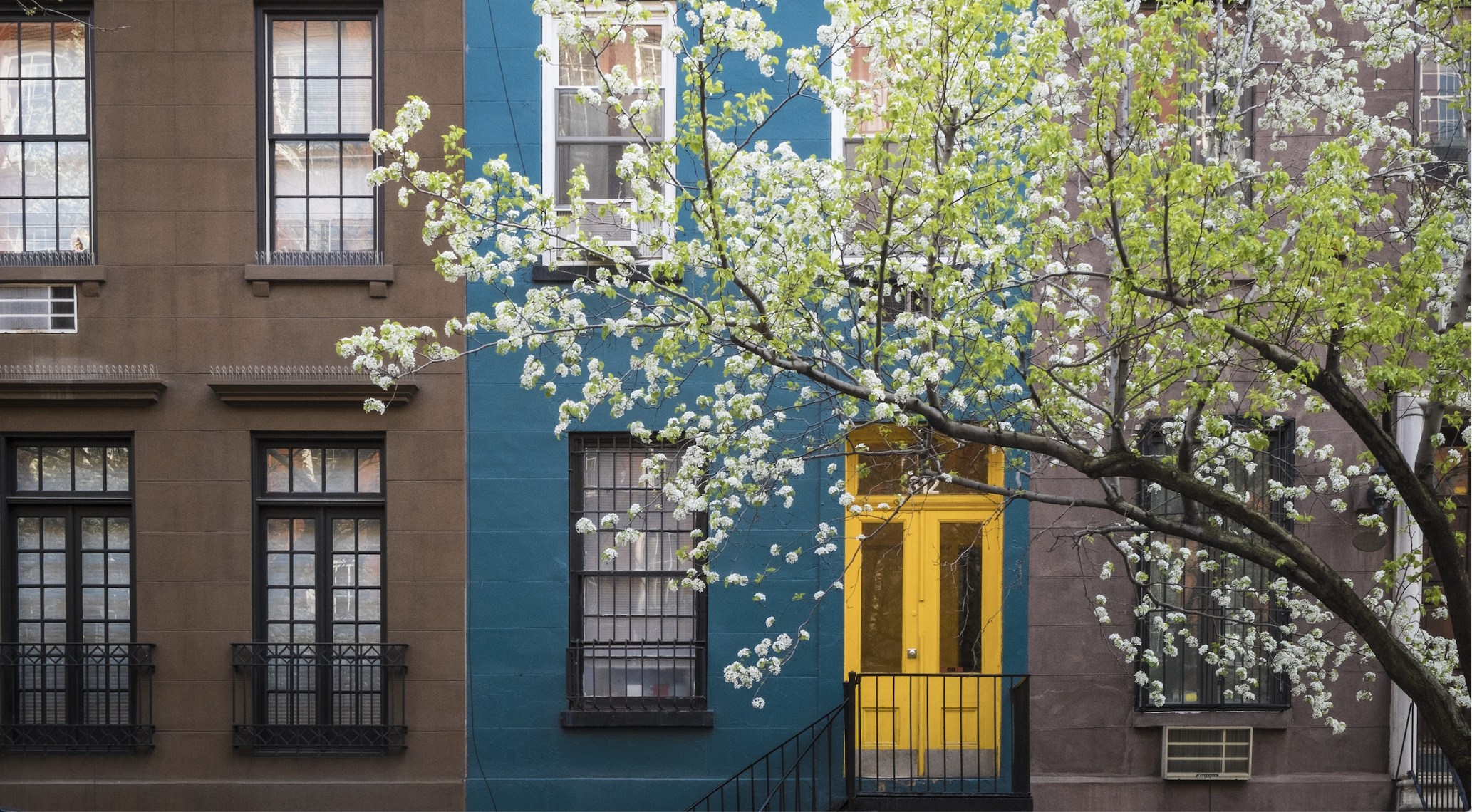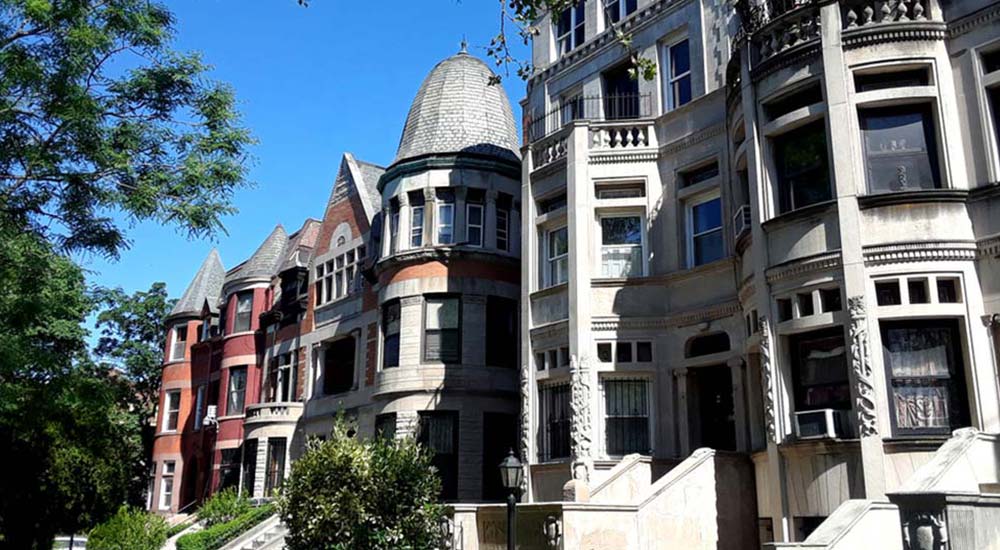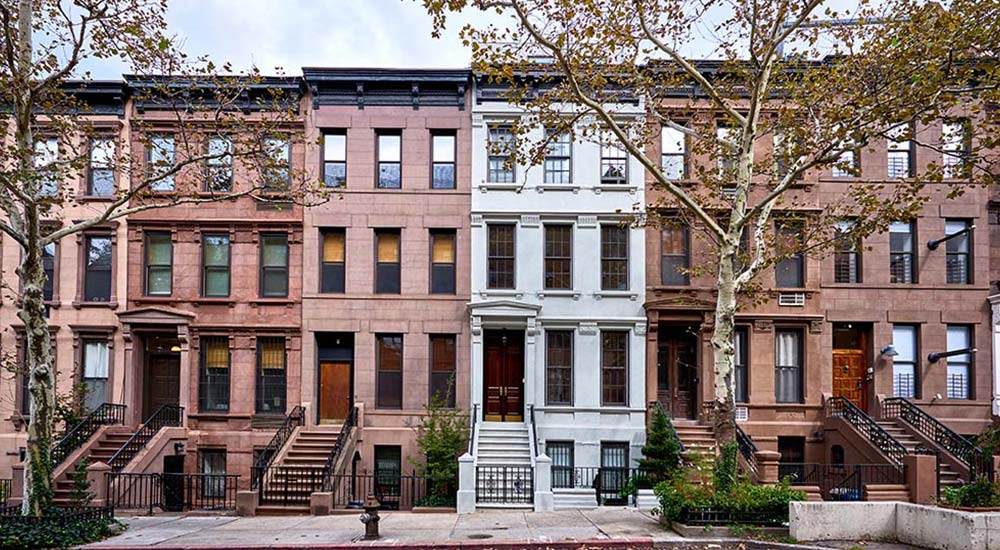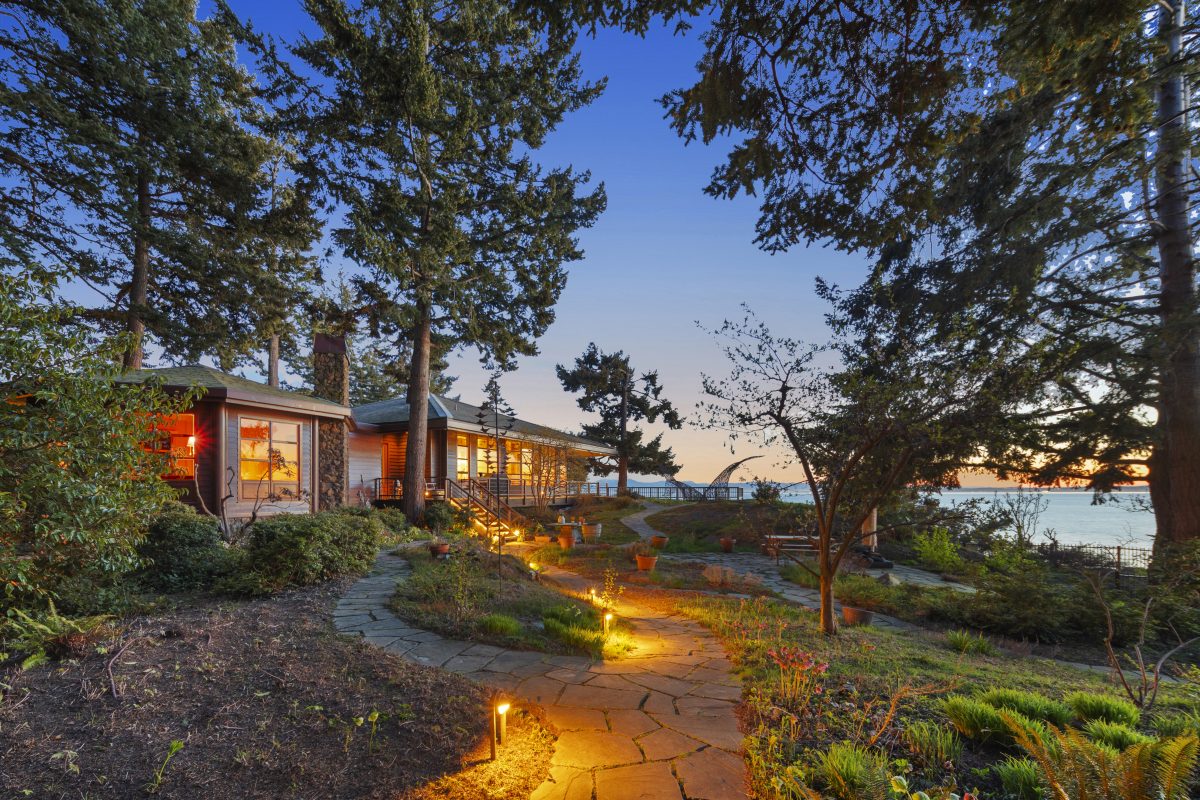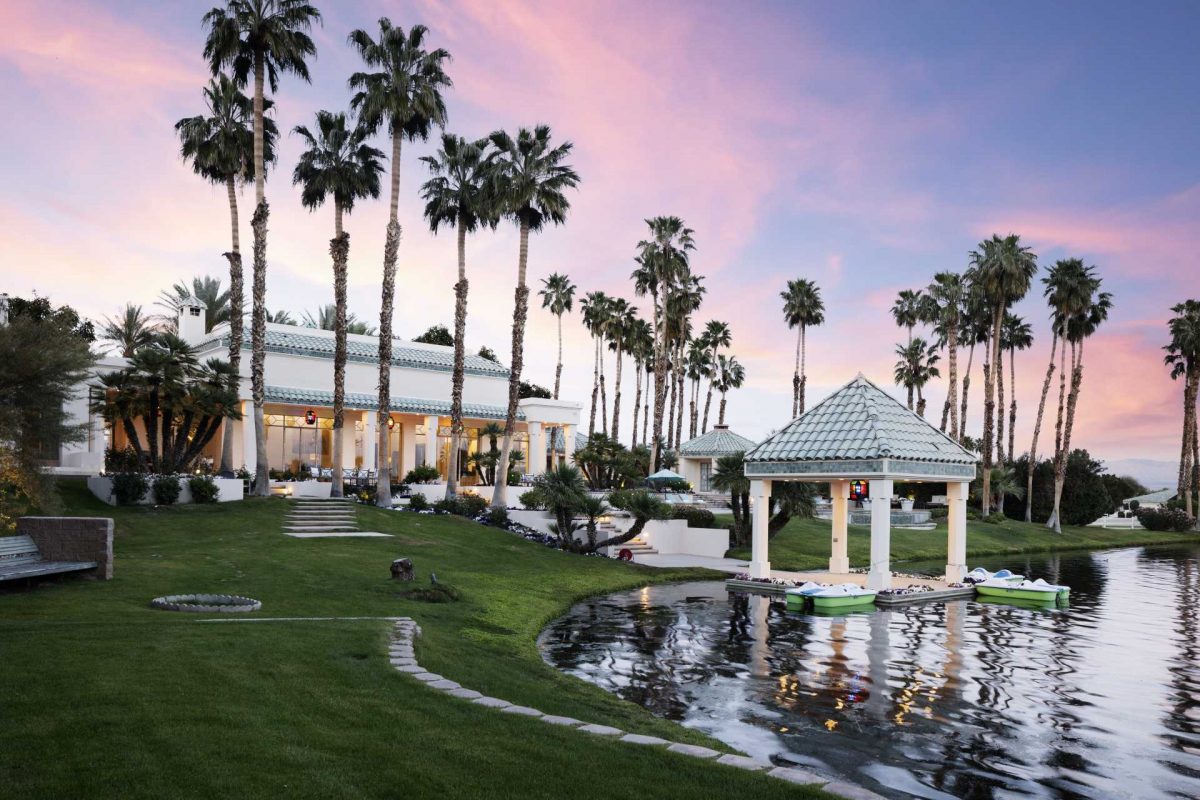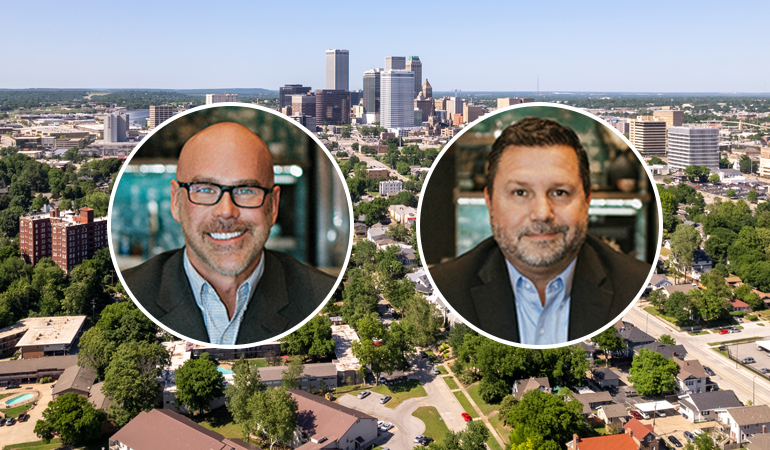Fort Greene Neighborhood Guide
Fort Greene Real Estate Stats
MEDIAN SALE PRICE
$1,925,000
MEDIAN RENTAL PRICE
An Abbreviated History of Fort Greene
In approximately 800 A.D, Native Americans traveling from Delaware settled in the area now known as Fort Greene until it was purchased from the Dutch West India Company and became known as Wallabout Bay. Fort Greene was named after a fort from the American Revolutionary War. It was originally located next to the Brooklyn Navy Yard in Wallabout Bay and developed in the early 19th century. As Manhattan became more crowded in the 1850s, more people began calling Fort Greene home. Washington Park, the park surrounding the location of the original fort and the first park in Brooklyn, was renamed Fort Greene Park in 1897. The area became a significant cultural destination after the Brooklyn Academy of Music opened in 1908. Since then, Fort Greene has continued to see an influx of businesses and residents. The Brooklyn neighborhood is vibrant and thriving with its diverse culture and proximity to Manhattan.
NEIGHBORHOOD BOUNDARIES
- Flatbush Avenue to the West
- Flushing Avenue to the North
- Vanderbilt Avenue to the East
- Atlantic Avenue to the South
| DeKalb Ave | B D N Q R W |
| Atlantic Avenue-Barclays Center | 2 3 4 5 B D N Q R W |
| Lafayette Avenue | A C |
| Fulton Street | G |
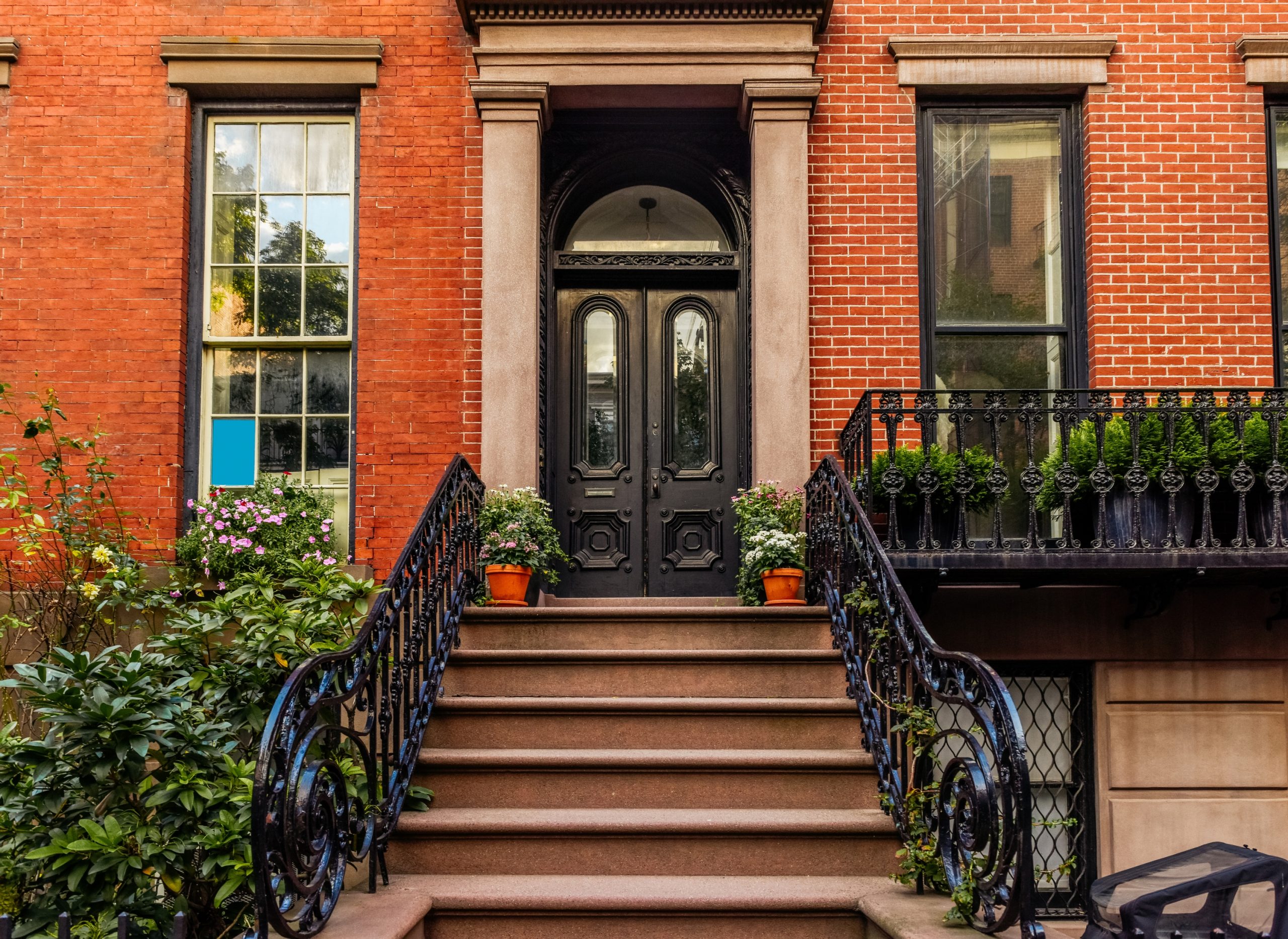
Residents Love This Neighborhood Because
- Beautiful, bustling parks
- Off-leash dog hours at the park
- Tight knit community
- Friendly neighbors
- Beautiful brownstone-lined streets
- Countless bars, restaurants, and cafes
What to expect
| Cafés |
+20 |
| Colleges / Universities |
1 |
| Community Gardens |
1 |
| Hospitals |
3 |
| Libraries |
3 |
| Parks |
2 |
|
Playgrounds |
2 |
|
Restaurants |
+80 |
|
Yoga Studios |
2 |
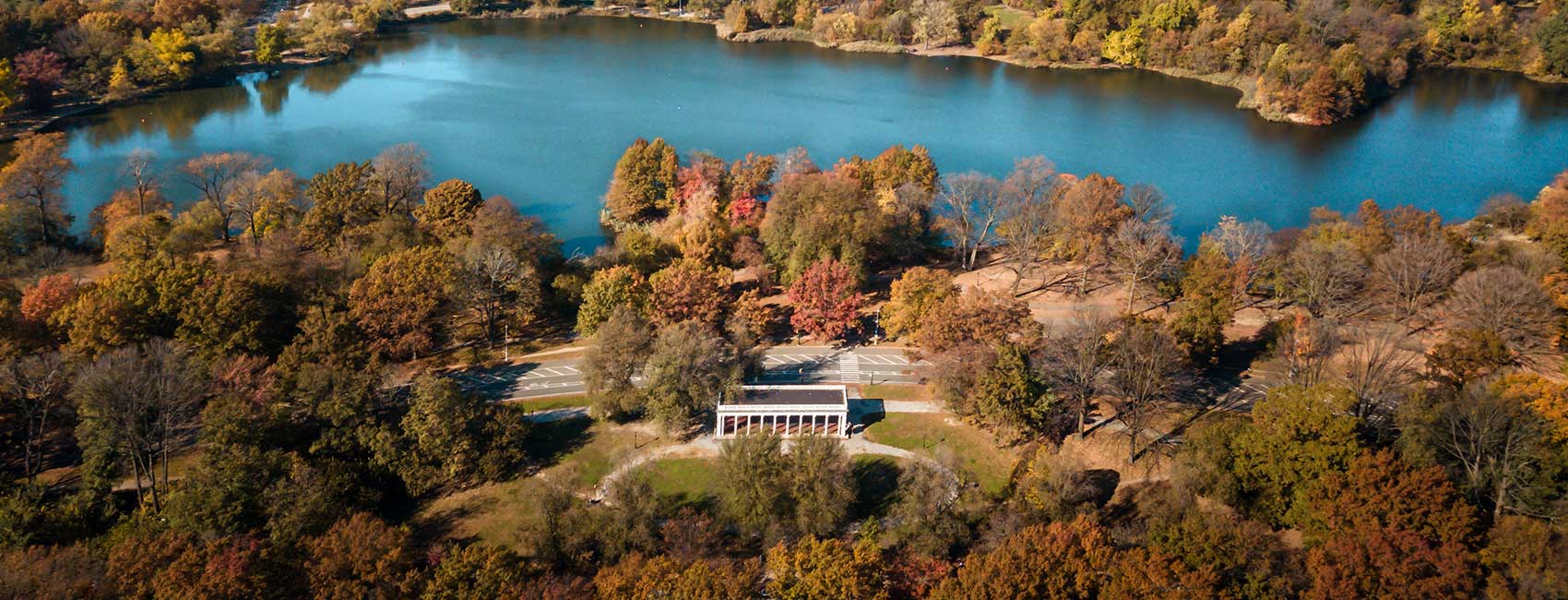
Fort Greene Landmarks and Cultural Institutions:
A NEIGHBORHOOD TOUR
Brooklyn Academy Of Music
The Brooklyn Academy of Music is a performing arts venue known as a center for progressive and avant-garde performances. Its first performance was in 1861, and in 1908 it began consistent operations in its present location on Lafayette Street. Many artists have performed and presented work at BAM including Trisha Brown, Ralph Lemon, Laurie Anderson, Peter Brook, and Philip Glass.
Brooklyn Masonic Temple
The Brooklyn Masonic Temple is a replica of King Solomon’s Temple and considered by many to be one of the most magnificent structures in the United States. The building is open for visitors and rooms are available for rent for weddings, birthdays, and other occasions.
Fort Greene Park
Fort Greene Park, one of Brooklyn’s best parks, is named after the original fort of the location, is now a central gathering hub for the neighborhood locals. It hosts a variety of events including concerts, projects, and the annual Fort Greene Park Summer Literary Festival. In the center of the park lies the Prison Ship Martyrs’ Monument, a towering granite column, which is a memorial to the 11,500 American prisoners of war who died in captivity aboard British prison ships during the revolutionary war.
One Hanson Place
One Hanson Place, also known as the Williamsburg Savings Bank Tower, is one of Brooklyn’s most iconic architectural buildings, and is located in Fort Greene. Built in 1926, the four-sided gilded clock tower building was converted into condominiums in 2007. The building has been declared a New York City Architectural Landmark and preserves its original Byzantine – Romanesque style.
Prison Ship Martyrs’ Monument
Located in the center of Fort Greene Park, the Prison Ship Martyrs’ Monument, a single towering granite column, commemorates prisoners of the American Revolutionary War. The dedication ceremony of the monument took place in November 1908 and included a parade, National Guard units, veterans, and civic organizations to remember those lost at war.
MoCADA
The Museum of Contemporary African Diasporan Arts (MoCADA) is located on Hanson Place on the border of Fort Greene. The work featured at MoCADA spotlights black artists whose art fosters discussion on the African Diaspora. The museum displays art exhibitions, puts on performances, and also offers classes.
BRIC
The Brooklyn Information and Culture (BRIC) house is a cultural center that offers a wide range of arts programming including contemporary art, video art, and performing arts. It is located inside the old 1918 Strand Theater, built by architect Thomas W. Lamb, and has hosted spectacular performers like Harry Houdini, and offers many creative learning opportunities.
Dekalb Street
Dekalb Street is considered by The New York Times a “genuine restaurant row” and definitely the place to go if you are looking for something to do and something to eat. The street is lined with a variety of shops, restaurants to wine and dine at, and cafes to sit, people watch, and enjoy the charm of this special Brooklyn neighborhood.
Architecture in Fort Greene
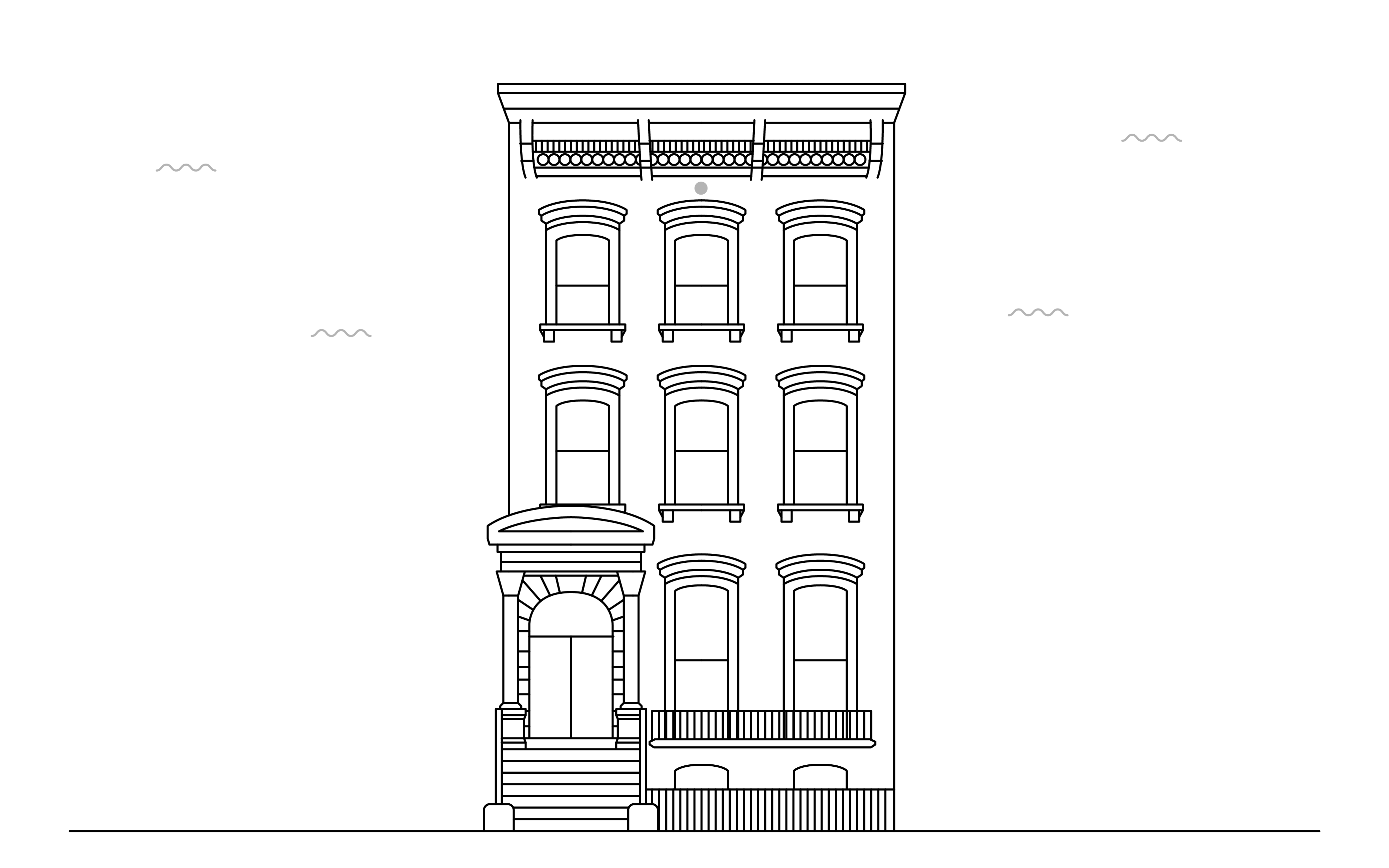
Italianate
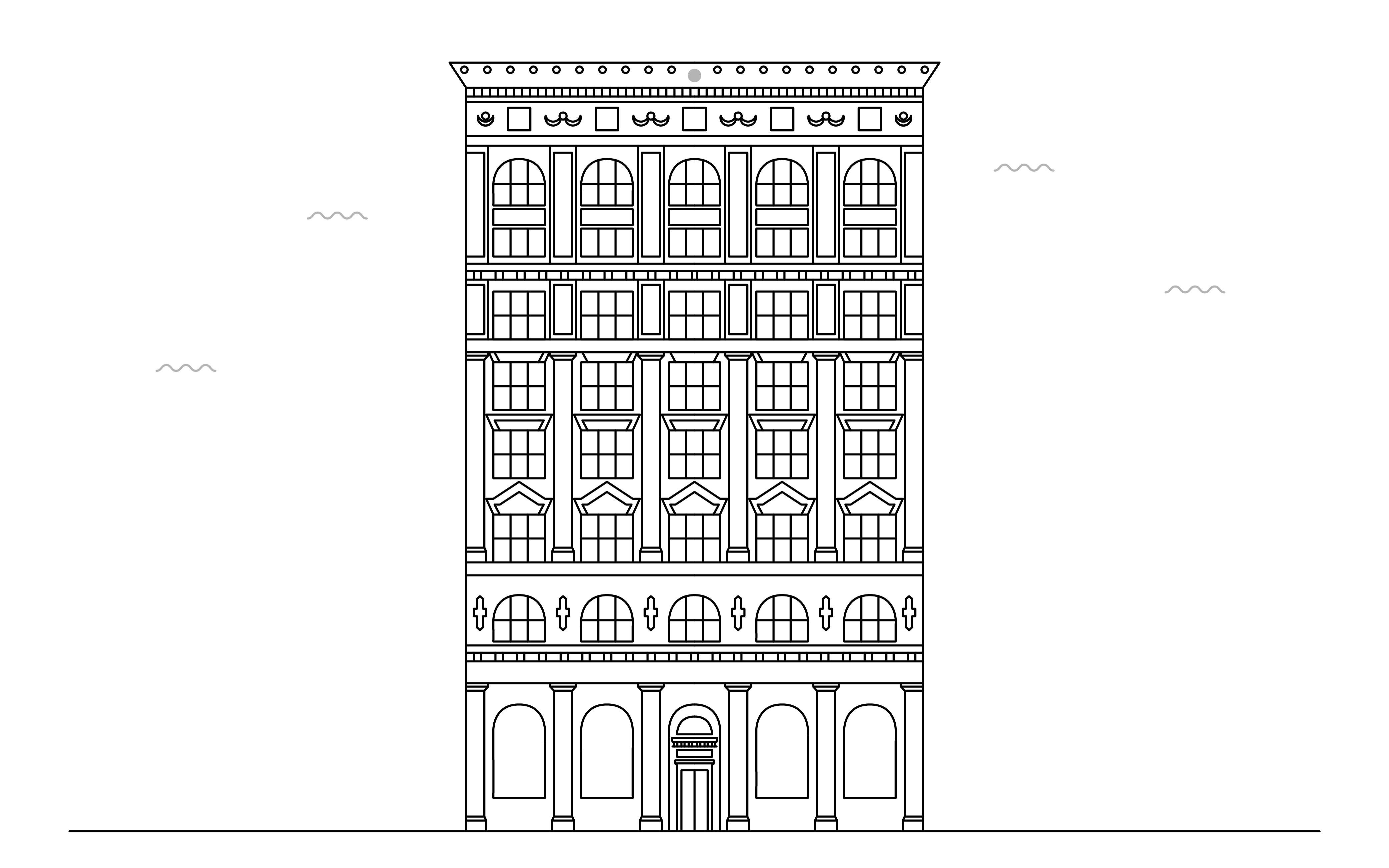
Renaissance/Baroque Revival
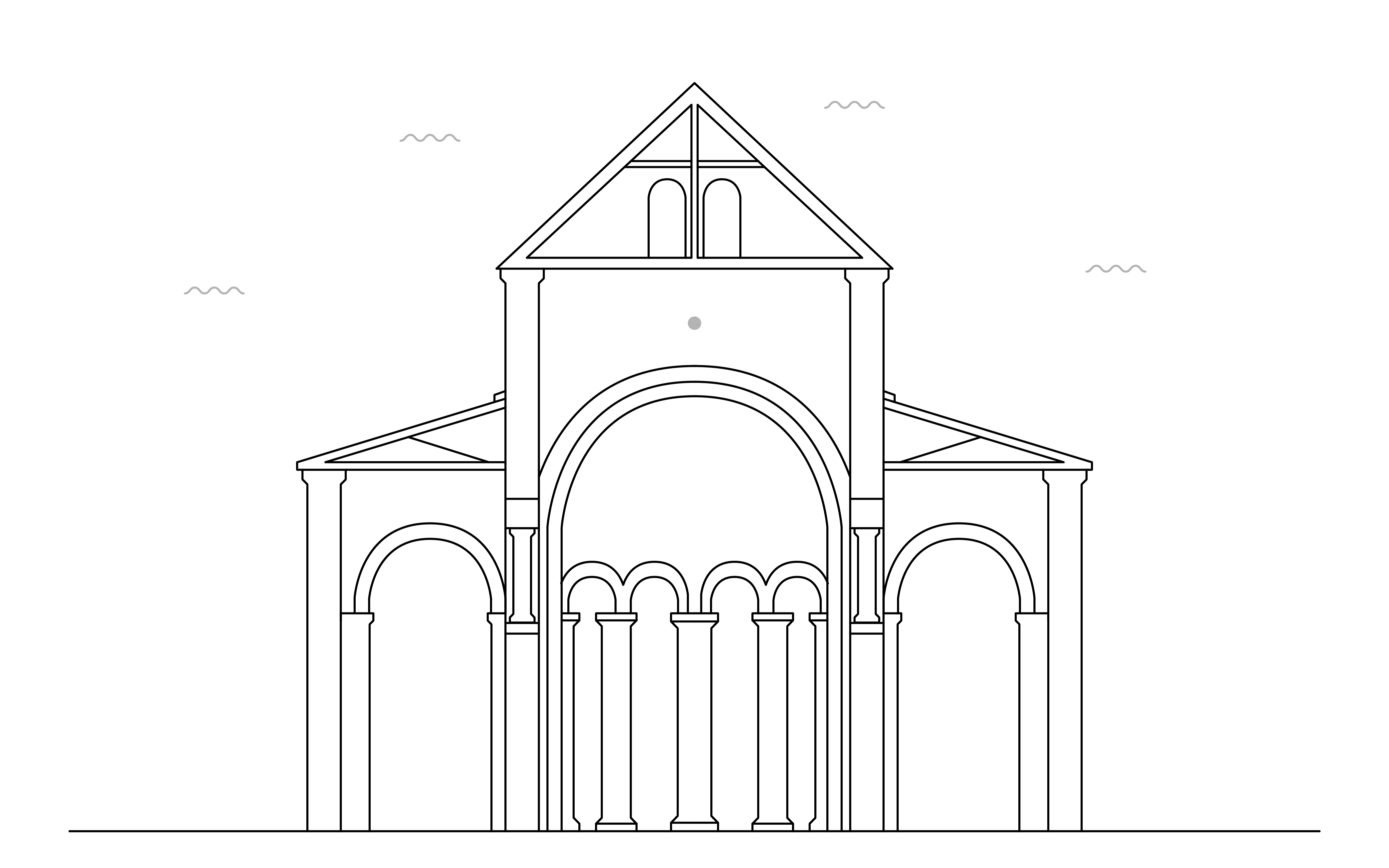
Romanesque Revival
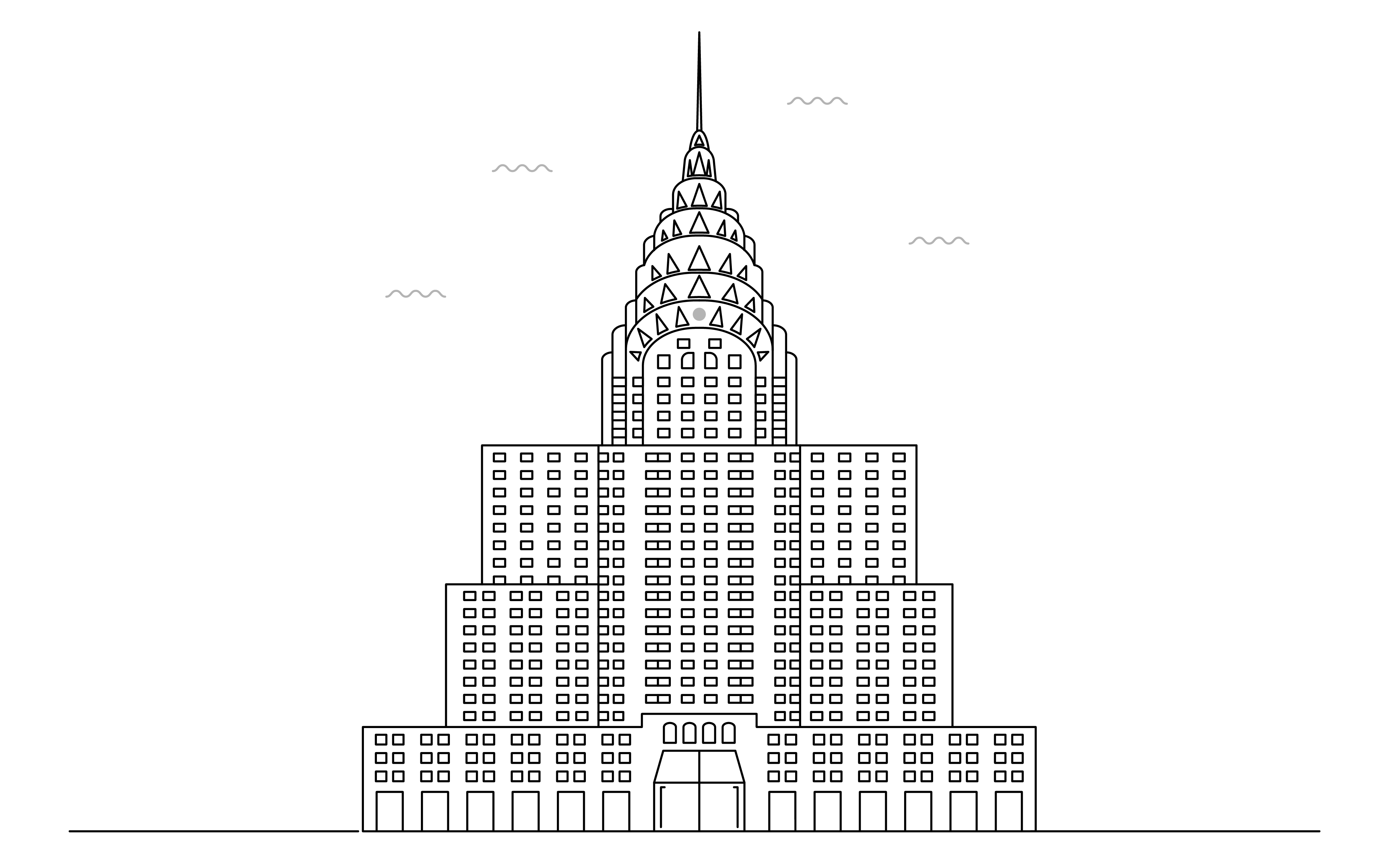
Modern/Art Deco/Art Moderne
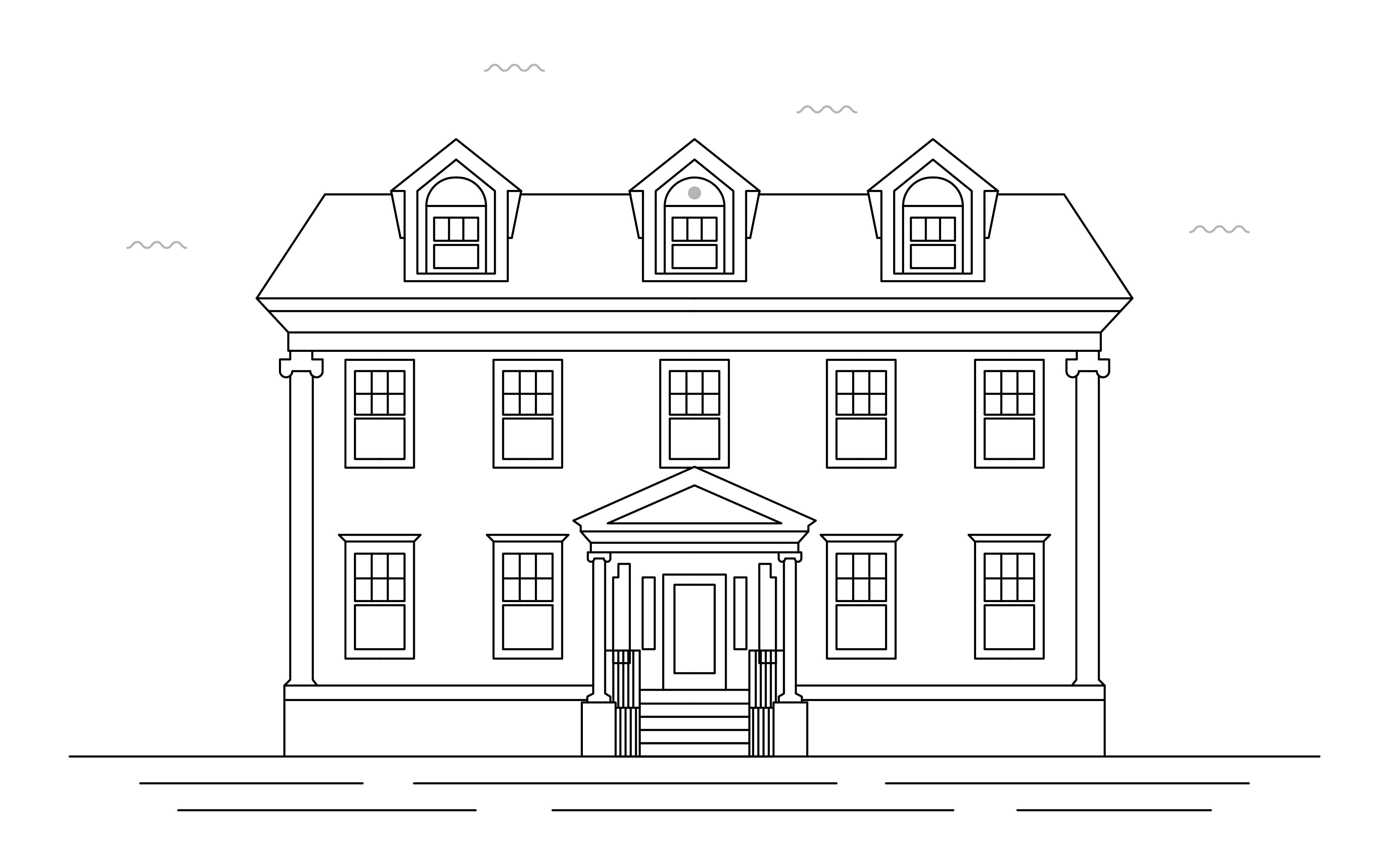
Colonial Revival
Notable New Yorkers
Who Have Lived in Fort Greene
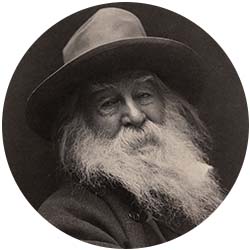
WALT WHITMAN
American Poet

MICHAEL JORDAN
Athlete
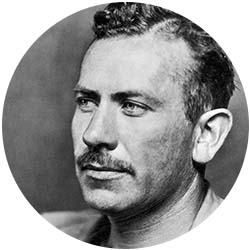
JOHN STEINBECK
Author
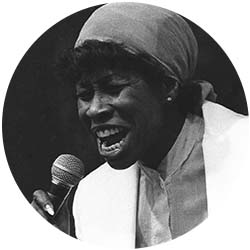
BETTY CARTER
Singer
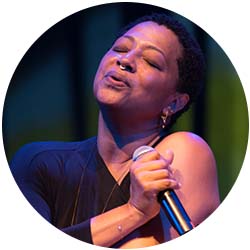
LISA FISCHER
Singer
Popular Food & Drink

MISS ADA
184 DEKALB AVENUE

OLEA
171 LAFAYETTE AVENUE
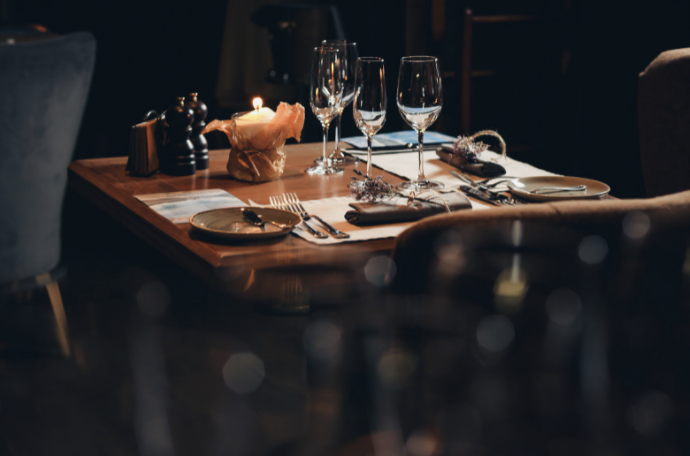
EVELINA
211 DEKALB AVENUE
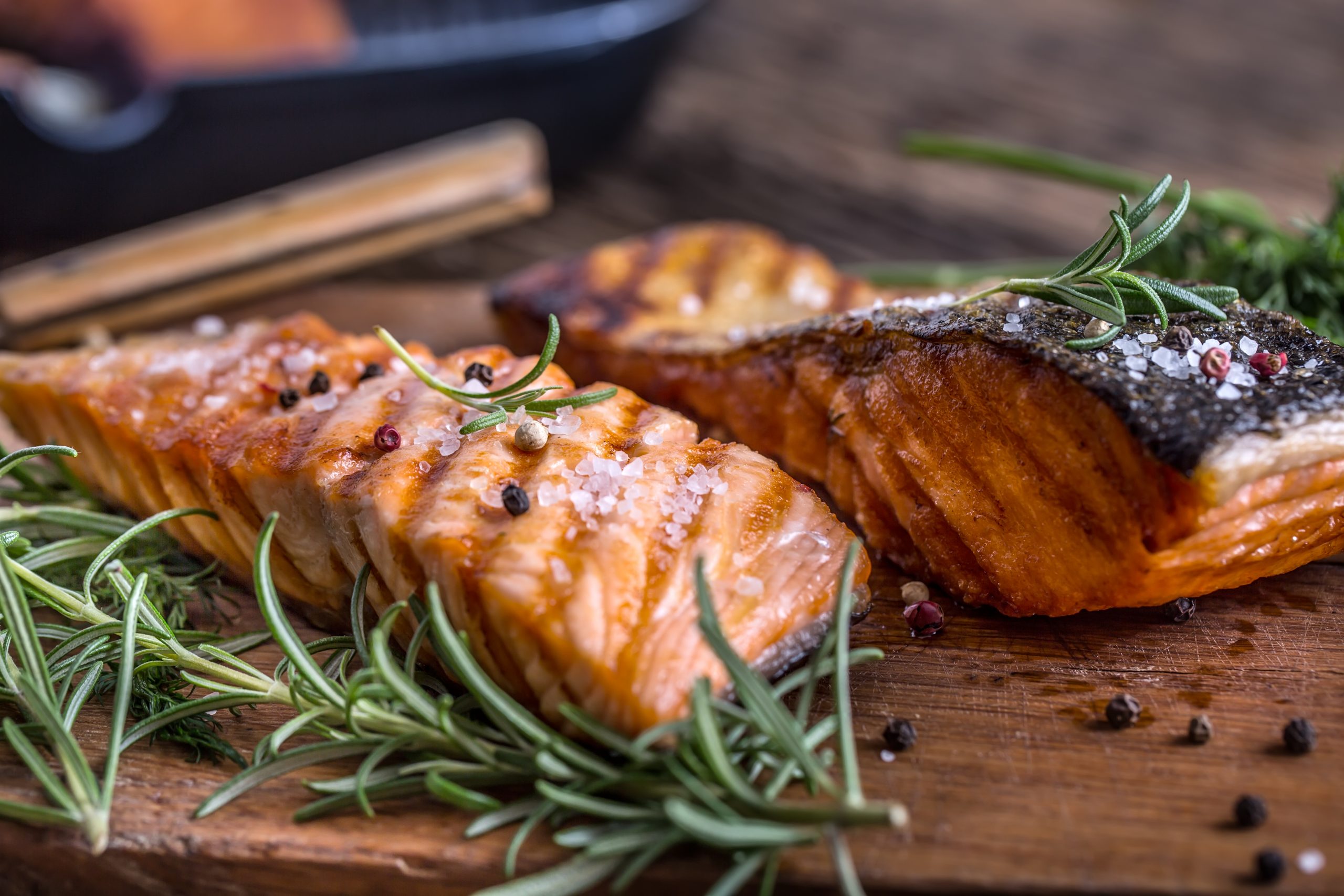
CAFE PAULETTE
1 SOUTH ELLIOT STREET

DICK & JANE'S
266 ADELPHI STREET

WALTER'S
166 DEKALB AVENUE
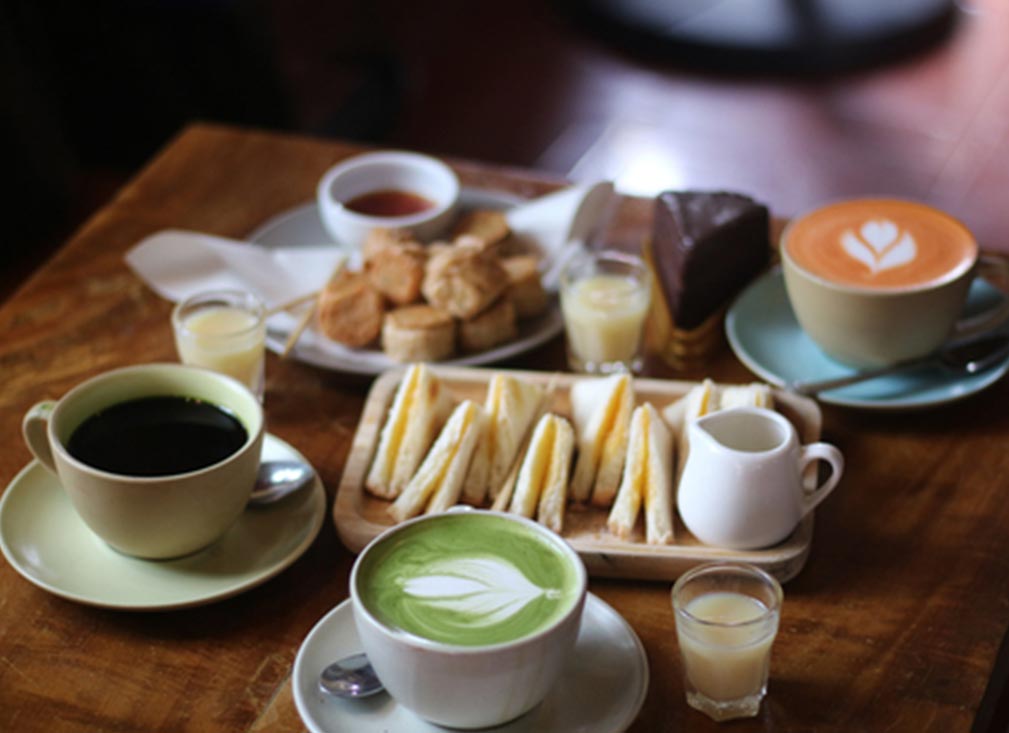
PECKISH
49 WILLOUGHBY AVENUE
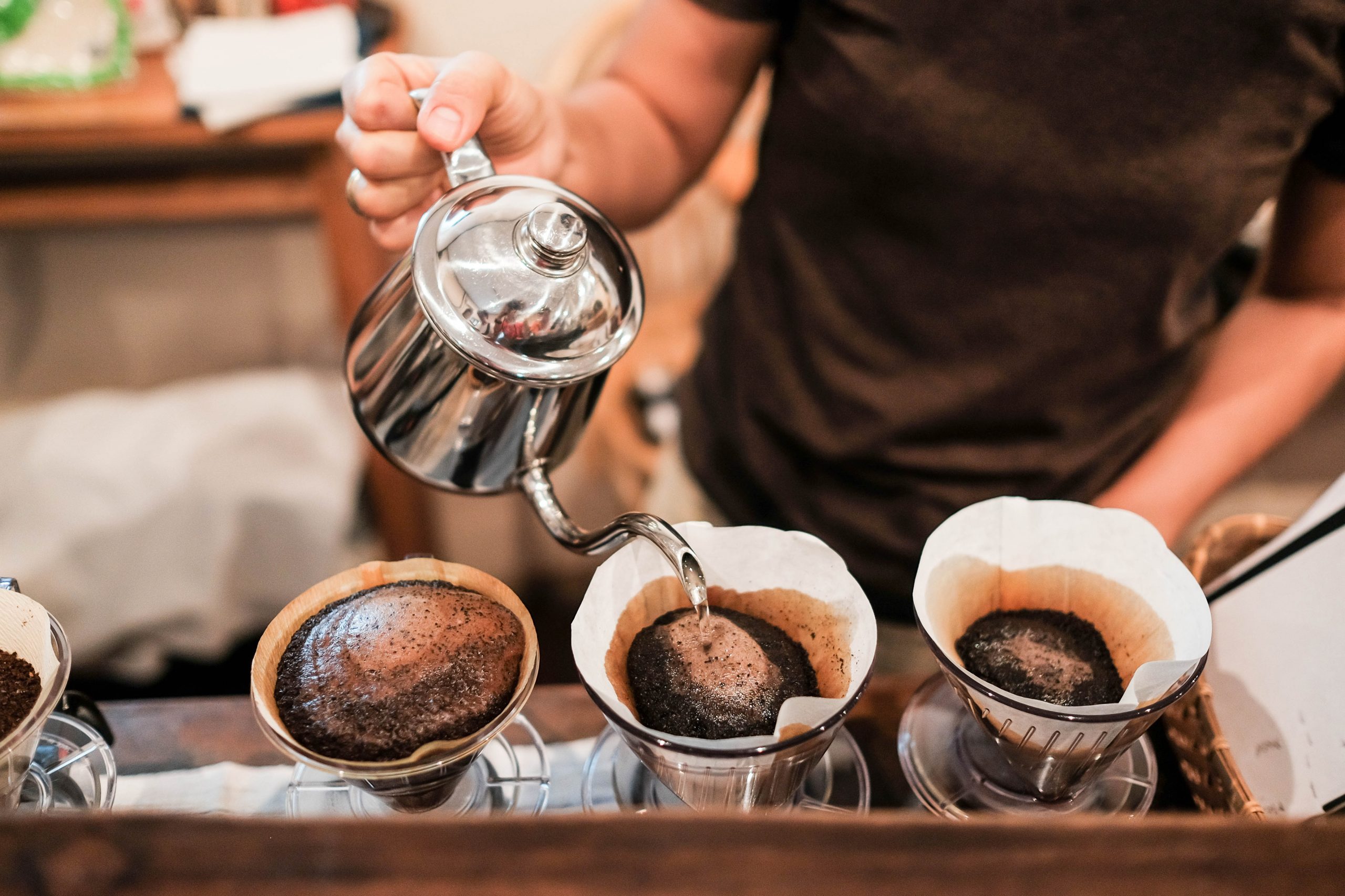
BITTERSWEET
180 DEKALB AVENUE
All Notable New Yorker photos courtesy of Wikipedia via Wikimedia Commons. Photo of Walt Witman by George C. Cox (1851–1903, photo) Adam Cuerden (1979-, restoration); Photo of Michael Jordan by DOD photo by D. Myles Cullen; Photo of Joan Rivers by Roy Silver; Photo of Uche Blackstock by Heather Sten; Photo of Leroy Battle by Capital file photo; Photo of Sabaah Folyan by The Laura Flanders Show; Photo of Abraham Beame by Unknown photographer; Photo of Linda Weiser Friedman by Baruch College;

